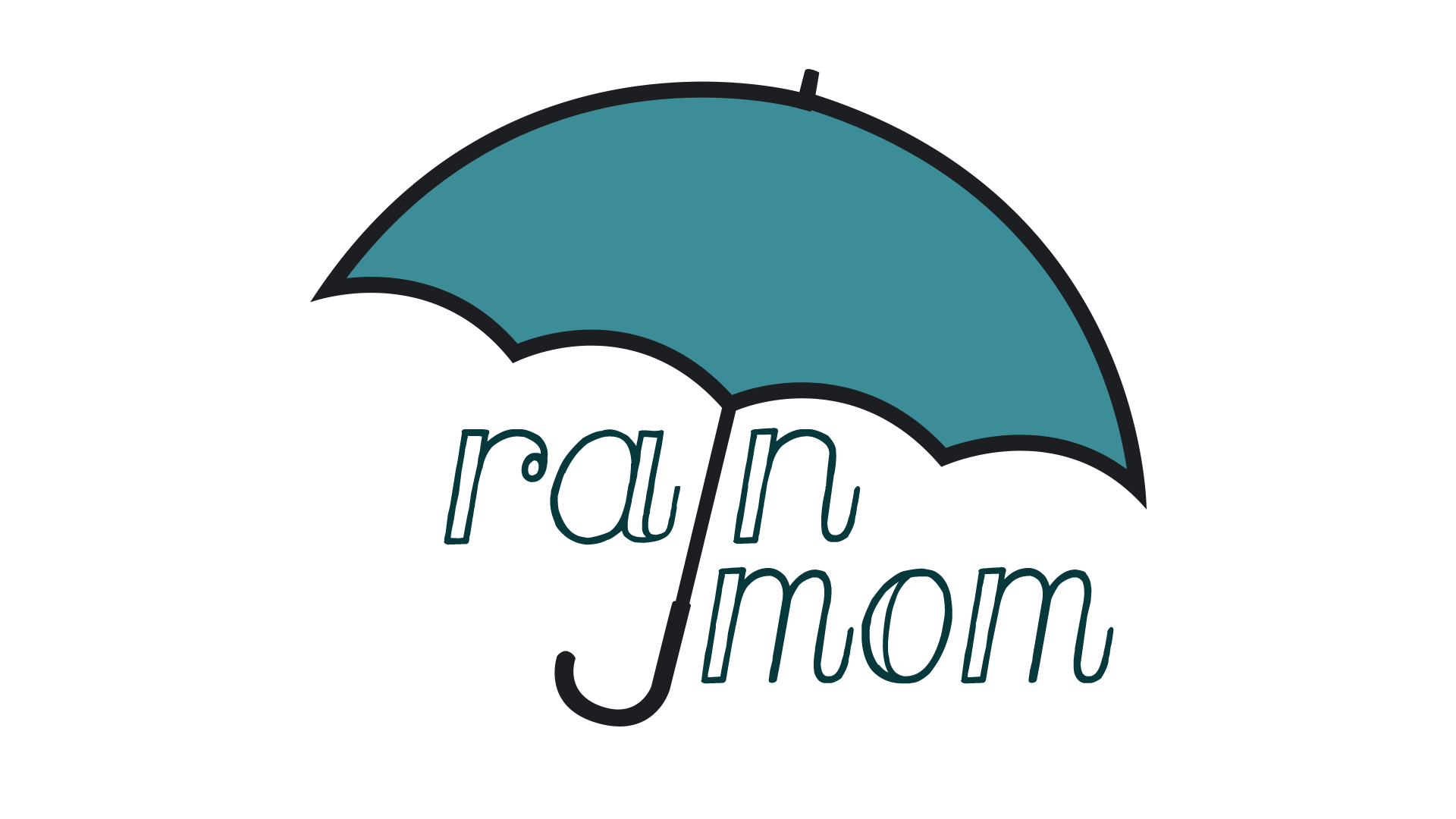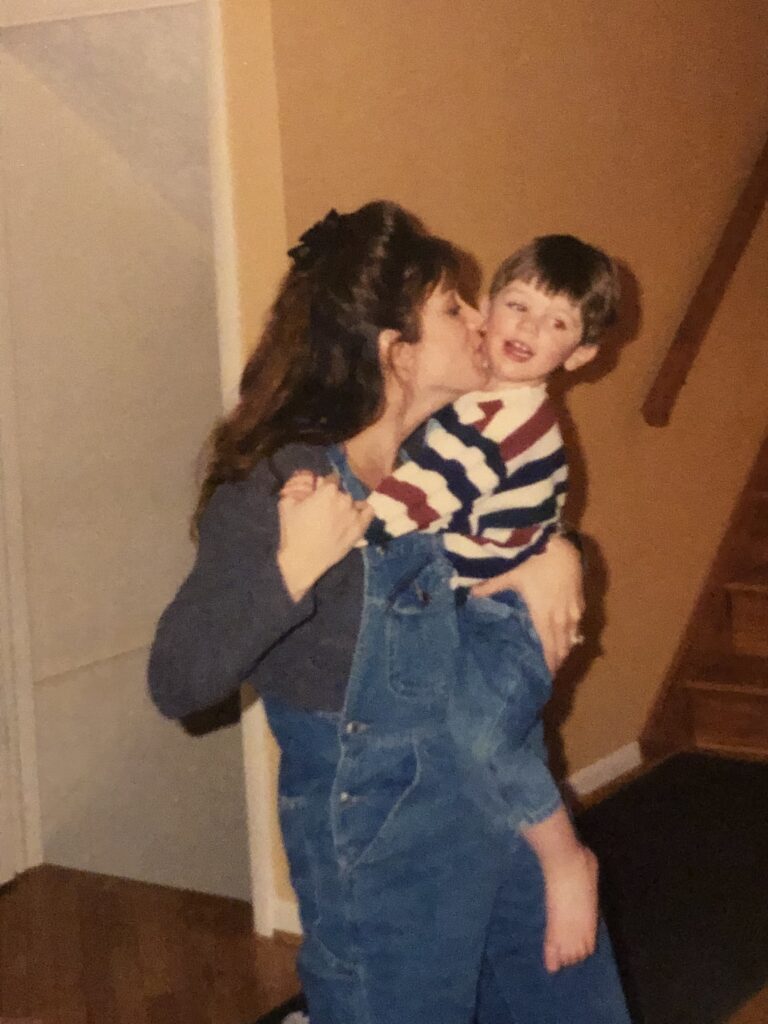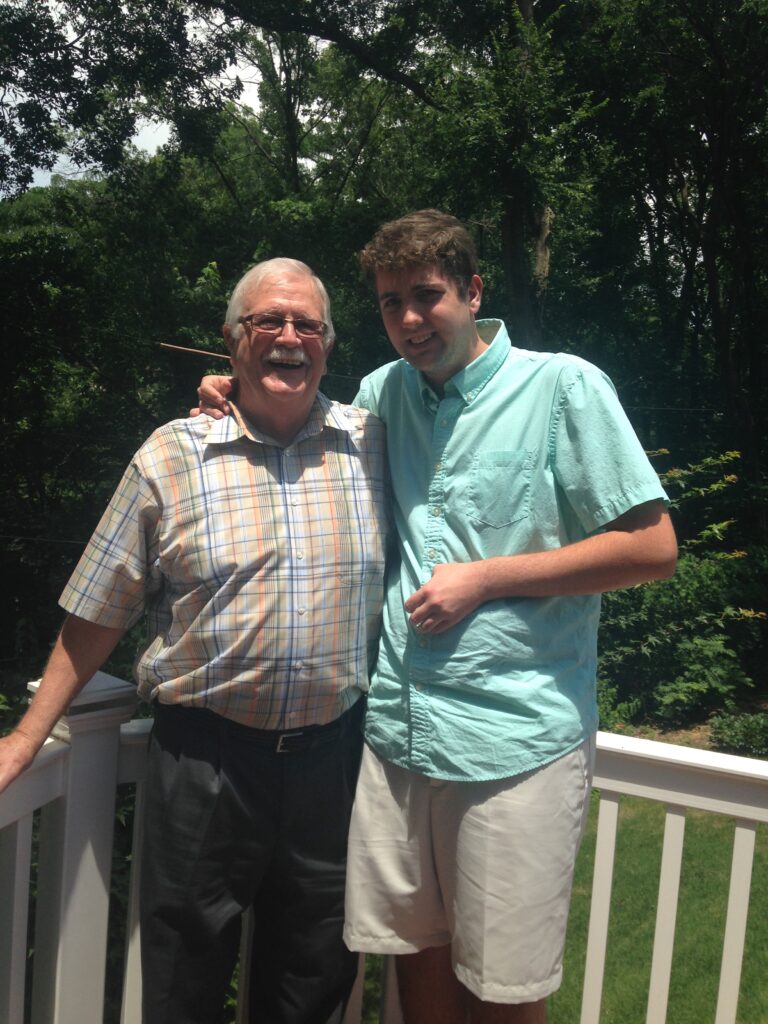
The Language of Autism
By Kristi | Published | No Comments
The language of autism can be quite challenging at times. Thankfully, I am very familiar with the language of autism. But for some it is not so easily understood. I was reminded of this just recently while working with one of my students.
My work in a VE (varying exceptionalities) unit lends itself to working with a wide variety of neuro divergent students. Recently due to a sub shortage, I was sent to assist with our Pre-K ESE classroom. The students range in age from 3-5. Three of those students have autism and are non verbal—that is, to the casual observer.
During free time one of the three was playing with kinetic sand. There were two separate containers, one had a cup in it, the other did not. One had little plastic animals while the other had small pebbles. Another student joined and began playing in the other container. My friend smiled and watched the other student as he was playing in his sand. Suddenly, the other student walked over and took the cup from my friend’s container and began playing with it in the one he was playing in. My friend’s smile quickly faded and he immediately grabbed it from the other student and returned it to his container. The other student retaliated by pushing my friend away and grabbing the cup before running away. It rapidly became a pre-K version of a WWE match not to be believed with such small children.
To the casual observer, it looked like two kids fighting over a toy. But it was much more than that for my friend. Autism told him that the cup belonged in a specific container and moving it was not part of the process, so he was putting it in its rightful place. Thankfully, we found another cup just like the other so that both containers would be the same. Problem solved—until one of the toy dinosaurs ended up in the pebble box, once again creating the mad scramble to restore the balance of power.
The language of autism is relatively simple at times—a place for everything and everything in its place. When you disrupt that natural order, it becomes a real problem for my friends on the spectrum. These children are not being intentionally rude or unkind, it’s just the way their brain processes the world around them. Once you understand that, things begin to settle into place. As I’ve often experienced with regard to behaviors, it’s not personal, it’s a form of communication. We have to step back from the personal aspect and understand what the behavior is trying to tell us.
In fact, this week our class took a break to go visit the pre-K room and walk them to recess. As we headed for the playground, one of the paraprofessionals requested the hand of one of my friends with autism. She refused, but when I held out my hand, she took it. My colleague looked at me and assumed it meant that the student didn’t like her. My response was that her refusal had nothing to do with disliking her, I simply communicated in a way she understood.
The first time I recognized this intuitive ability was when a lost little boy with autism walked up to me in the middle of a store. One look at him and his mannerisms told me everything I needed to know. I smiled at him and said “Let’s go find your mom”. He took my hand and within a minute, I spotted her. I recognized the look of panic and fear as we made our way in her direction. Our eyes locked and before I could say a word, she explained to me what I already knew. I told her I understood as my own son had autism as well.
Being receptive to other forms of communication has benefited me greatly over the years. Not only with my son, but the numerous students I’ve worked with over the past 12 years. We are all so verbal that we tend to miss or overlook the many non-verbal cues that come our way. Often we tend to focus on the negative side which frequently shows up as behaviors. We take them personally and lose perspective. Once I learned that lesson, it opened up an entirely new world for me on how to communicate with those who struggle with the spoken words.
The language of autism has very little to do with oral interpretation. It’s more about what our observations and insights tell us. Listening and understanding with our hearts and being mindful of those who struggle to be heard. Looking for the opportunities to interact along the way realizing it may not be what we expect or desire but always supporting the effort.
The language of autism is simply about understanding and not taking the delivery personally.






Leave a Reply